How to prevent peer-on-peer abuse
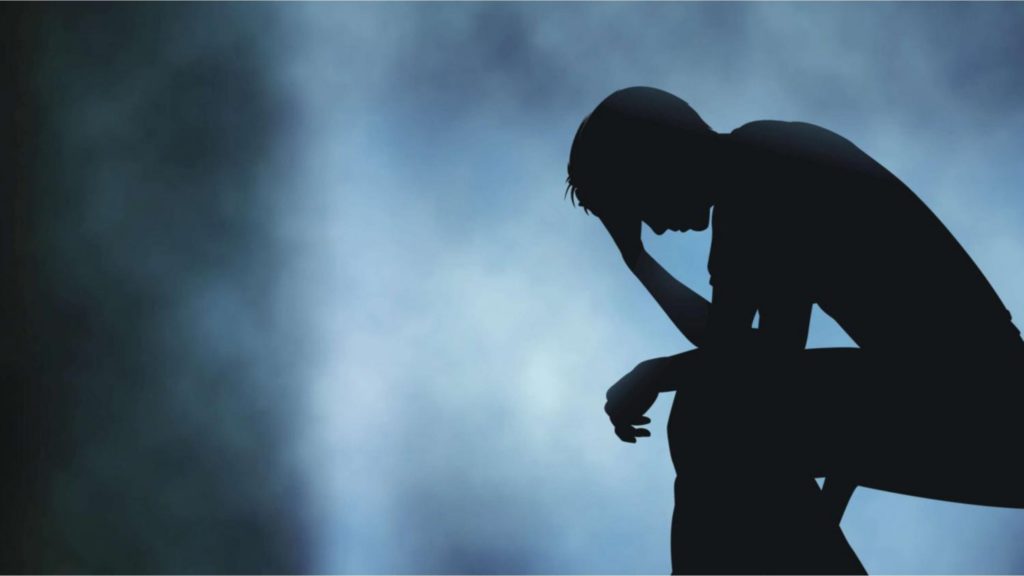
Peer on Peer abuse occurs when a young person is exploited, bullied or harmed by their peers who are of the same or similar age. This can take place as part of domestic abuse, child sexual exploitation, harmful sexual behaviour or serious youth crime/violence.
This is a key focus within Keeping Children Safe in Education (KCSiE) and Working Together to Safeguard Children as it has been identified within the category of contextualised safeguarding.
KCSiE 2018 requires schools to ‘ensure their child protection policy includes procedures to minimise the risk of [the different forms of] peer-on-peer abuse’ and how allegations will be ‘recorded, investigated and dealt with’.
Contextual Safeguarding recognises that young people form different relationships within the areas they live, schools and online, and these connections can expose them to violence, intimidation and abuse. Its focus is to get practitioners to understand, and respond to young people’s experiences of significant harm outside of the family home.
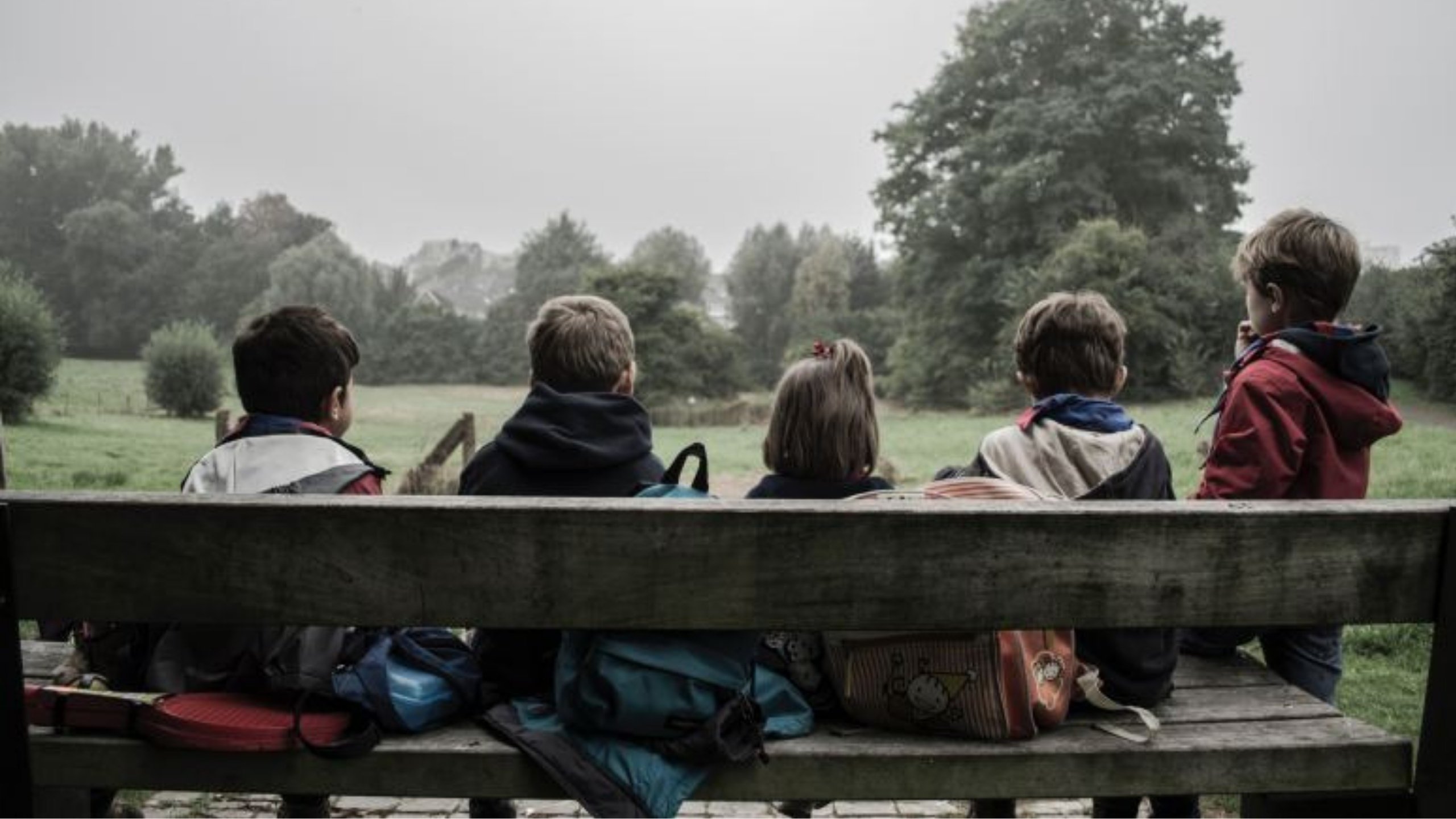
Peer on Peer abuse is one of the key foci of contextualised safeguarding, as children and young people are being exposed more and more to violent and exploitative behaviours. They are often encouraged to coerce and ‘groom’ other young people to become involved in these behaviours.
The abuse can take many forms, however, it primarily involves bullying (including cyber), sexual violence/harassment, physical abuse, sexting, initiation or hazing (an action is taken or situation created to intentionally cause embarrassment, harassment or harm to an individual or a group).
It occurs when a young person is exploited, bullied or harmed by their peers who are of the same or similar age, and can take place as part of domestic abuse, child sexual exploitation, harmful sexual behaviour or serious youth crime/violence.
Coercion, control, blackmail and threats of violence are often methods used by the perpetrator to carry out peer on peer abuse, however, it is important to recognise that they may also be victims themselves.
The documentary ‘Three Girls’ which is based on the Rotherham child sexual exploitation case, highlighted how one of the main victims was categorised as a perpetrator by the police as she was instrumental in grooming two of the other girls, even though she herself had been groomed. With this in mind schools should ensure that victims are supported, the perpetrator(s) protected and remember that all involved are children who need to be treated as being ‘at risk’.
Depending on the behaviour that has taken place disciplinary action may be necessary for the perpetrator(s), however, all schools need to remember that ALL children need to be safeguarded from harm and their welfare must be paramount.
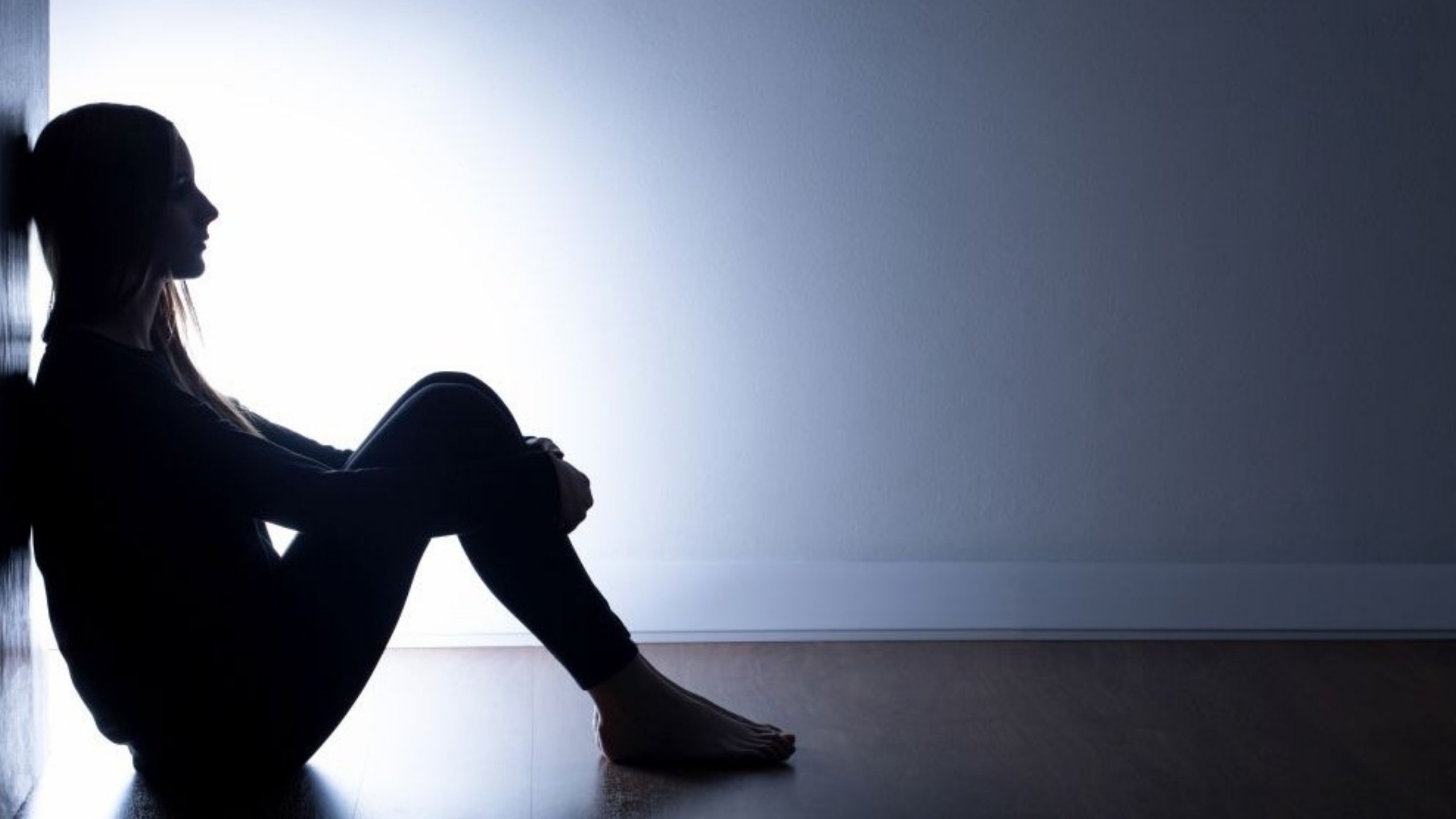
The context in which the abuse occurred needs to be a factor (including the underlying reasons for a child’s behaviour); the severity of the peer-on-peer abuse; and its causes. Peer on Peer abuse may not always take place at school, it can also happen within the community, however, the impact of this behaviour may result in it being brought into school for staff to manage.
DSL’s, SLT and the governing body need to ensure that their schools behaviour policy correlates with the safeguarding policy in regard to peer on peer abuse; some schools will have a bespoke Peer on Peer abuse policy, which should also correlate with the aforementioned policies to ensure that there is a consistent and coherent approach to managing this behaviour.
DSL’s should also ensure that they are aware of their local safeguarding children boards approach to peer on peer abuse, their thresholds for referral, information on how to access appropriate support services, and increase awareness and understanding of any trends and risks of this type of abuse within the local area.





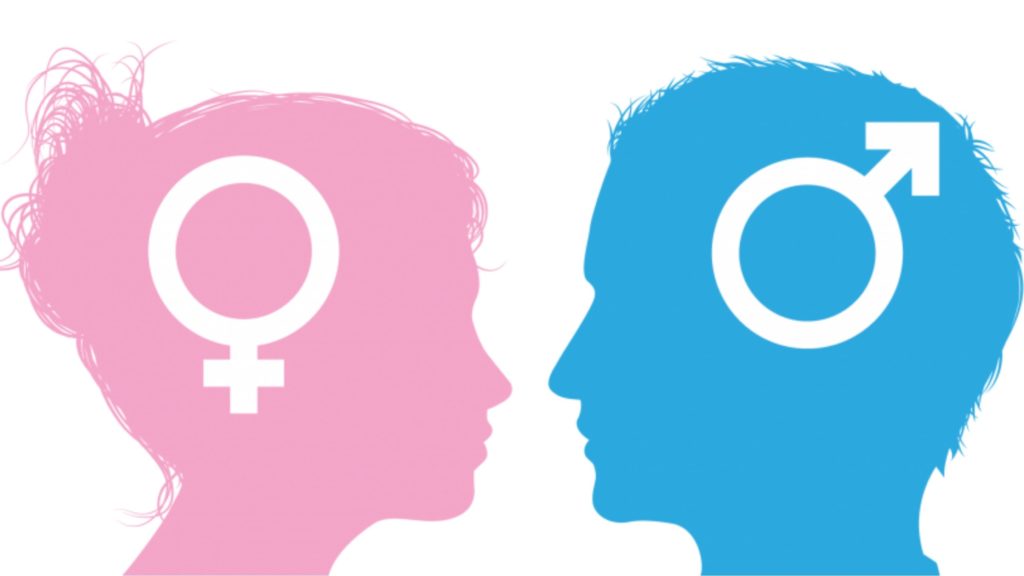
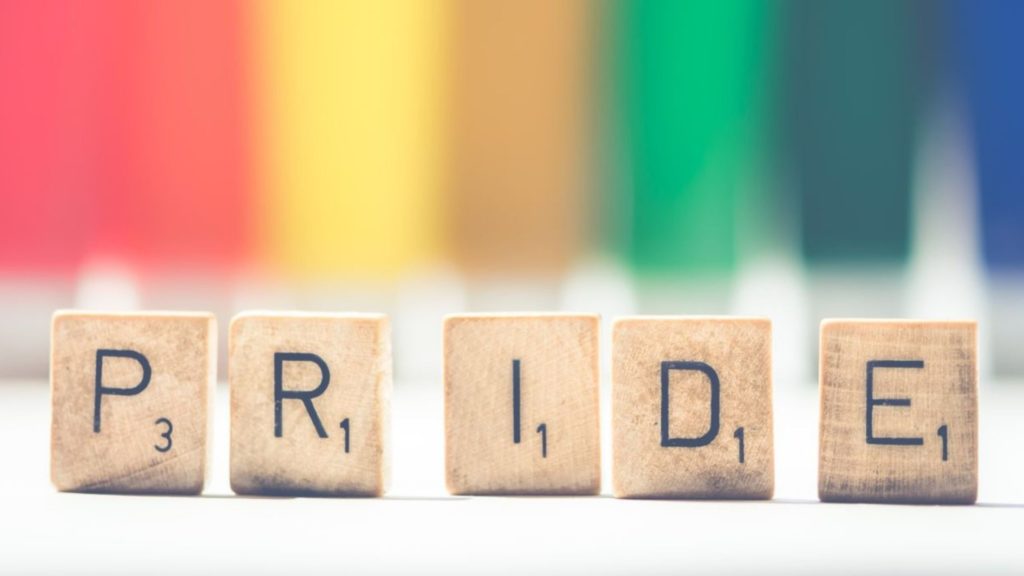

Responses